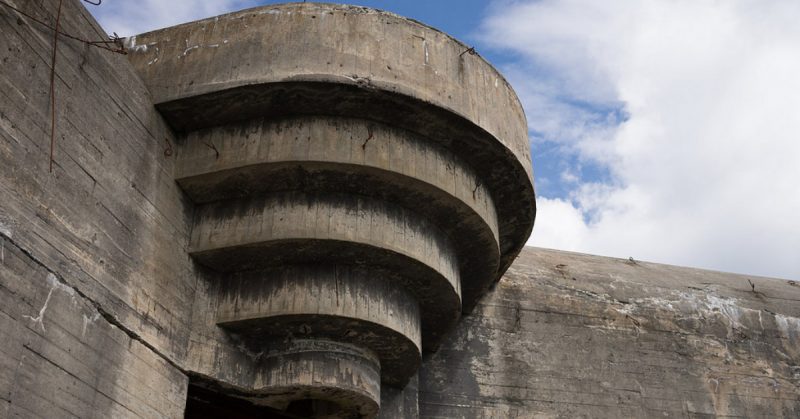Movik Fort sits in a commanding position above the Skagerrak Straits between Norway and Denmark.
It once fielded the second largest cannon in the world — a Krupp 380mm with a range of up to 55 kilometers (35 miles) and weighing 337 tonnes.
The Fort was originally constructed in WWII by the German Navy and named “Vara Battery” after Major General Felix Vara who was killed during construction of fortifications off Alderney in the British Channel Islands.
Seven hundred and forty-four Norwegians, as well as Danes, Germans, and prisoners of war, were employed to construct the Fort, gun emplacements and bunkers.
Experts from Germany were brought in to assemble the Krupp guns. The gun barrel on its own weighed 110 tonnes and was nearly 20 meters (over 65 feet) long.
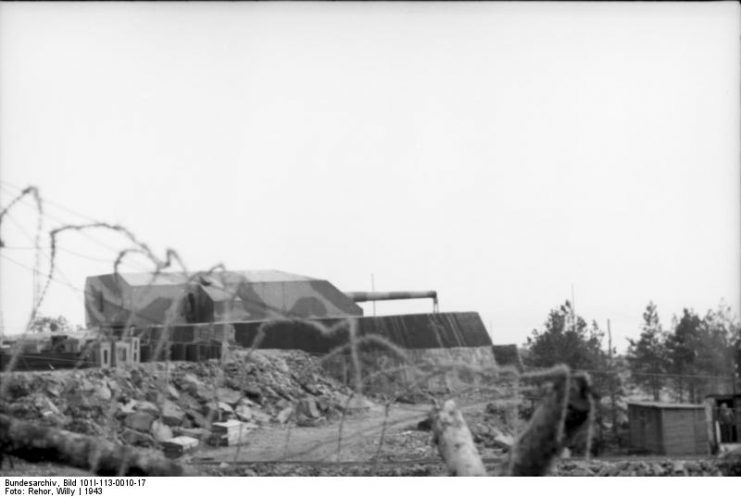
The Fort was twinned with a similar installation on the other side of the Skagerrak Straits at Hantsholm in Denmark. Together, they effectively closed off access into the Baltic Region for Allied Naval Forces. The one area neither fort could cover was a slim patch of open sea just ten nautical miles across, which was then mined.
The views from the Fort are incredible. On a clear day, it is a popular spot for watching shipping and sea life. However, a large part of the surrounding area is still controlled by the Norwegian Military, so it is best to stick to marked paths.
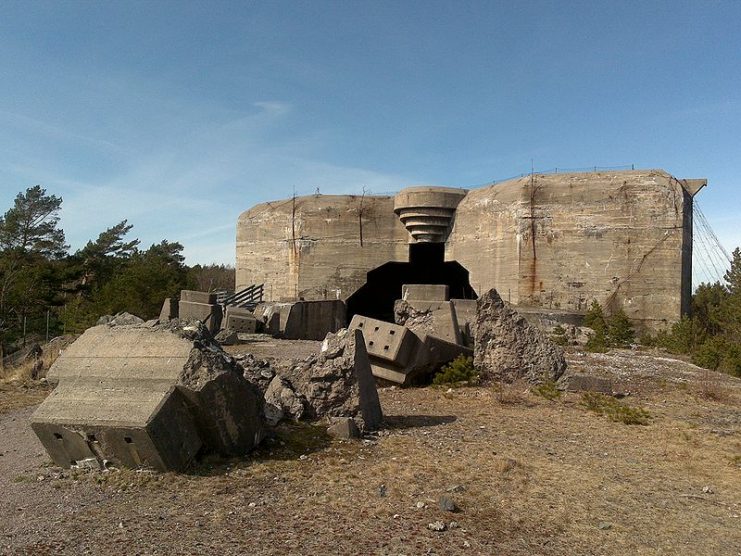
The Fort and its associated infrastructure were taken over by the Norwegian Army after the war and later decommissioned in 1959.
Plans for a museum on the site were put forward in 1984. Following extensive renovation works by the Norwegian Army in the late 1980s, a foundation stone was laid in 1991, and a part of Movik Fort was opened to the public in 1993.
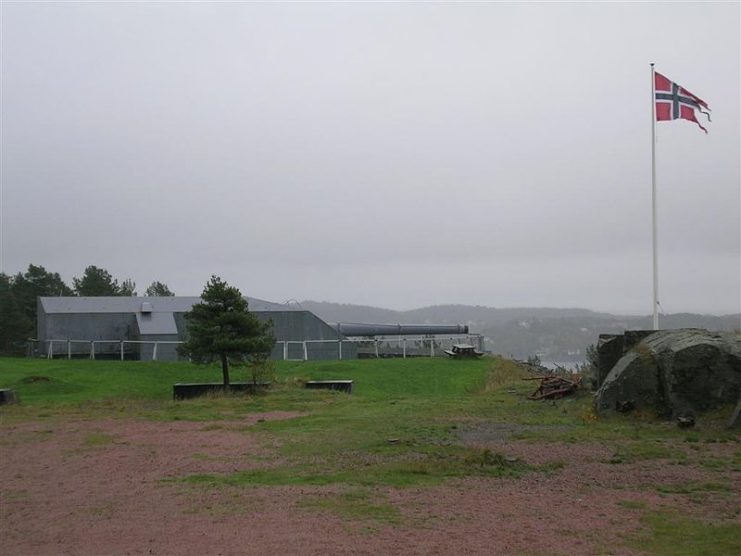
Below the fortress run numerous bunkers. These were once home to the soldiers who manned the battery as well as stores for equipment and munitions.
Once the bunkers were abandoned, they became an attraction for local teenagers from nearby Kristiansand who would have parties by candlelight while the snow fell outside.
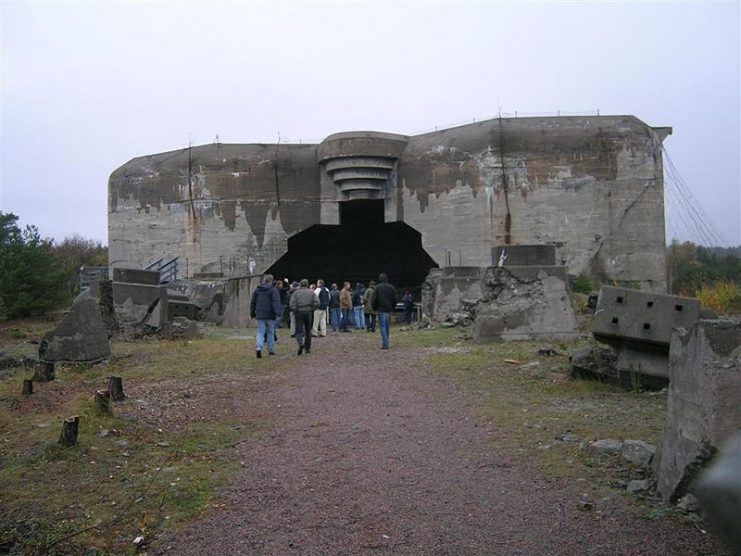
Unfortunately, in recent years the bunkers have become a magnet for youths with spray-cans intent on celebrating right-wing views. Swastikas have appeared on the walls, and the words “whites only” along with other racist graffiti have turned what was an abandoned war-time relic into a destination for neo-Nazis.
A recent video posted by an “urban-explorer” takes the viewer through one of the abandoned concrete structures.
Tucked away in-between rocky outcrops, the bunker was designed to withstand heavy artillery attacks. A maze of heavy doors and defended entrances would have made it almost impregnable.
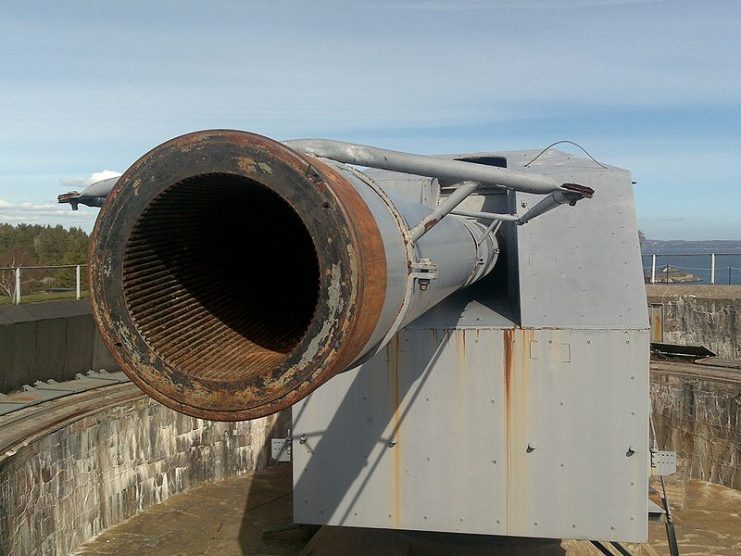
Today, however, the floors are covered with leaves and the litter from recent visitors. Rubbish is piled up in one room, in another there are slogans promoting racial hatred, and in others are inscribed the names of English Premier League football clubs. The rusted iron gates creak on their hinges.
As a result of this vandalism, the local authorities have begun sealing the bunkers with concrete to prevent access.
A self-styled urban-explorer calling himself “Loadinglevelone” is saddened by the fact that the bunkers are being sealed. “It’s a shame really, as I have been into most of these in my youth, which are now closed off. I would have liked to revisit them.”
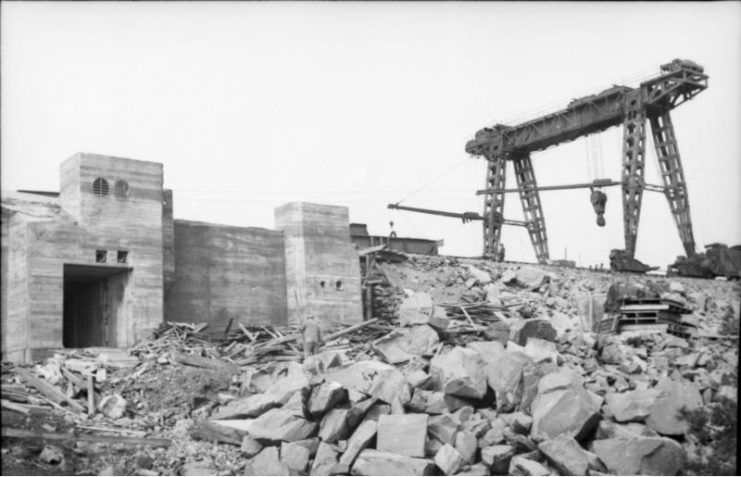
However, Bunker 55 remains open and is managed by the Museum authorities. It is one of the two original Nazi ammunition stores and housed the 38mm grenades and ignition charges.
The ammunition railway has also been restored and stretches for nearly two kilometers (just over a mile). So if you find yourself on the south coast of Norway in the future, be sure to put Kristiansand on your itinerary, before the Fort is closed down completely.
